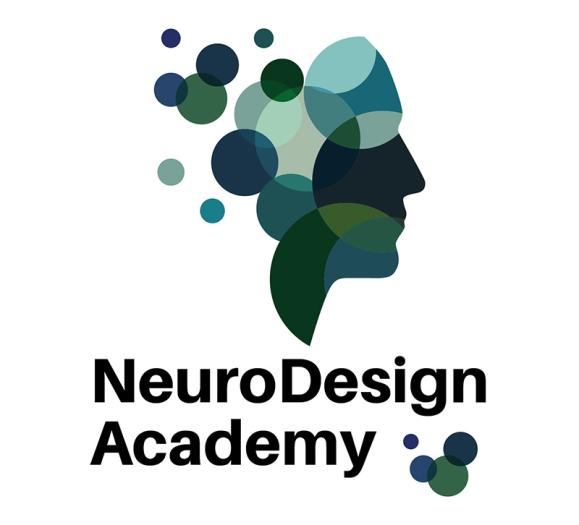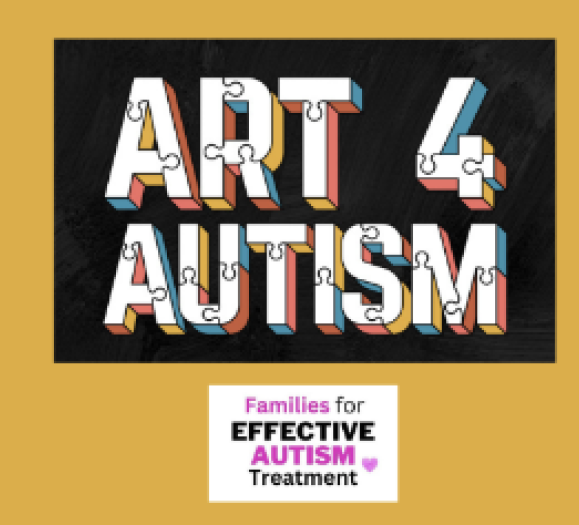In the March issue of Lighting & Decor, we're laying out a four-step plan to help lighting and home furnishings retailers and interior designers build a solid digital marketing strategy — a strategy that will help them rank higher in search results on Google and capture more consumers in their area.
To help you better understand digital marketing, we've put together this handy digital marketing reference guide for small businesses, which includes a long list of key terms and explanations. As you lay the foundation for your digital marketing strategy and build it up, you can look back at this reference guide to understand new terms as they become relevant to your strategy.
This list may be long, but do not get discouraged or feel like you need to memorize everything. Look up the terms you need, and don't worry about the rest for now.
We will continue to update this list as new terms come up and change.
Digital Marketing Reference Guide for Small Businesses
A/B Testing: A type of testing that involves sending out two different ad messages to see which one performs better. The goal is to determine something helpful about your audience in order to reach more of them. EX: To test when is the best time to send a promotional email to your subscribers, you send one email at 9 a.m. and another at 12 p.m. More people open the email at 9 a.m.; therefore, 9 a.m. is the better time to send emails.
Adwords: Commonly referred to as Google Adwords, this platform allows businesses to place ads on Google search results, YouTube and its search results and network sites that have partnered with Google. This is a paid-per-click advertising platform.
Algorithm: A set of rules or conditions that computers follow in order to do a task. EX: Google uses several processes or algorithms to rank websites in search results.
Alt Text: Short for alternative text, Alt text is the words or phrases used to describe a photo that has been uploaded to a website. Vision-impaired website visitors use this text to understand what the photo is. Most if not all website builders will have a designated section for Alt text.
Blog: Originally short for "web blog," a blog is a page on a website that is regularly updated with new, helpful content.
Bot: Also commonly referred to as a crawler or spider, a bot is used to assess a website so that it can be properly categorized. Google uses bots to understand what a web page is about, who is it useful for and how it should appear in search results.
Bounce Rate: The percentage of users who come to a website then immediately click back or close the browser without interacting on the page. The average bounce rate is somewhere between 40 and 60 percent, but being below 75 percent is minimum.
Call-to-Action (CTA): A phrase used to motivate readers to perform an action. Can be something like "buy now," "call now," "sign up now" or "click here for more." A CTA can be text or even a button on a website.
Contact Form: A digital form on a website that asks for basic information and a message that is sent directly to a business.
Content Marketing: A subset of digital marketing that involves creating unique and useful content to entertain or inform potential consumers. Content can be a page on a website, blog posts, photos, graphics or social media posts. The goal is not to directly sell, but rather to give helpful, free content in order to foster brand loyalty and start a relationship before the customer is ready or even thinking about buying.
Conversion: The process of turning a website visitor into a lead. Conversion is a broad term, and there are many types.
Crawler: See bot.
Digital Marketing: The process of marketing to people online. This broad term includes search engine optimization, paid advertising, content marketing, email marketing and social media marketing. It is a catch-all phrase that involves attracting consumer attention, building brand awareness and ultimately converting leads into sales.
Direct Traffic: A type of website traffic in which the user types your website address into the URL bar and comes to your site.
Display Advertising: A form of advertising in which your business pays money to a network of websites that will then display the ad on their individual websites. The Google Display Network is the most common.
Duplicate Content: Content that appears multiple times across the web or within one website. Duplicate content makes it difficult for Google to rank websites effectively because Google does not want to show the same information over and over.
Email Marketing: The process of regularly communicating with your audience via email to build awareness and convert leads to sales.
Email Traffic: A type of website traffic in which the users come to your website by clicking on a link in an email.
Facebook Advertising: The advertising arm of Facebook that allows business pages to create a variety of ad types on Facebook and Instagram.
Google Analytics: A free platform run by Google that allows website owners to view statistics on their website in order to learn more about website visitor behavior.
Google Keyword Planner: A free platform that allows businesses to research keywords and keyphrases to see search volume per month so that they can decide which keywords are best to target.
Google My Business: A business registration platform that includes basic information, website links and photos of your business. Considered the foundation of local search. Google prioritizes businesses that have Google My Business pages and pushes them ahead of others in search results who do not have a page.
Keywords: Words and phrases in the heading, body, alt tags, captions and meta descriptions of web pages that help Google understand the content of the page and how to place it in search results. Phrases are referred to as keyphrases.
Keyword Stuffing: A formerly common practice in which shady websites would overload their web pages with certain keywords in order to rank high in search results. The content of the page had little to no use, and these pages outranked other pages that had quality content. Today Google heavily penalizes this action.
Landing Page: The specific page a user goes to after clicking on a link from a different website or in an ad.
Lead: A person who has filled out a contact form, signed up to receive your promotional emails or directly engaged with your business in a way to indicate that he or she would eventually like to buy from you.
Local Searches: Searches on Google and other platforms to find businesses in the immediate vicinity of the user. Usually some variation of “lighting showroom Baltimore” or “accent chairs in Kansas City.”
Pay-Per-Click Advertising: A form of advertising in which clients bid to have their ads displayed in the top spot of search results, much like an auction. When a person clicks the ad, he or she will be directed to a website or a landing page. Google Adwords and Facebook Ads function in this format.
Organic Traffic: A type of website traffic in which users come to your website through a search engine.
Remarketing: A general term that refers to the process of showing ads related to a website or product that a user just saw or interacted with. Essentially, the ad "follows" the user to other websites to remind them of what they previously looked at. Remarketing can be done through multiple platforms including Google and Facebook.
Responsive Website Design: A type of website design in which the website automatically adjusts its look to fit whatever screen size the user has (phone, tablet, desktop).
Search Engine Marketing: The process of marketing to searchers on results pages as well as on affiliated websites of the search engine.
Search Engine Optimization (SEO): The practice of getting a website to rank as high as possible in search results.
Social Media Marketing: The process of marketing your business through social media. This term includes both organic and paid reaches. Organic marketing is done through regular postings that encourage action from followers, and paid marketing involves using the platform's services to accomplish a variety of marketing goals.
Spider: See bot, sometimes referred to as a crawler.
Website Accessibility: The practice of having a website that is accessible to all on the web, including those with disabilities. How accessible a website is depends on how easy it is to navigate and how detailed its alt tags (see above).
Website Traffic: The number of people coming to your website from all corners of the web. There are different types of traffic, including direct, organic, email and referral.
Photo: Pexels







